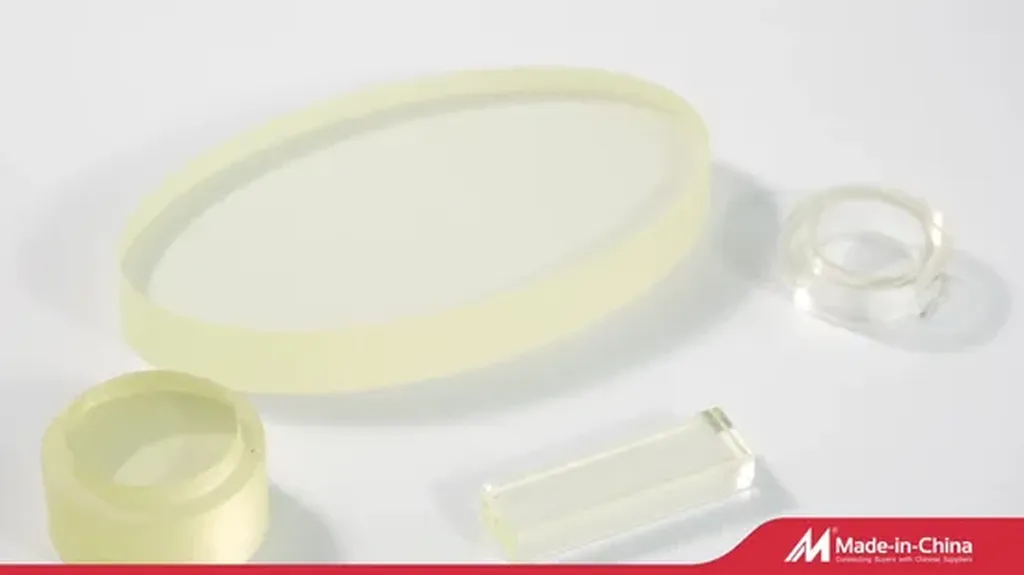In the ever-evolving landscape of medical technology, a groundbreaking development has emerged that could significantly enhance the safety of healthcare professionals, particularly those in interventional surgery. Researchers have unveiled a novel, lead-free transparent nanocomposite that promises efficient clinical X-ray shielding, addressing critical concerns related to radiation exposure and material limitations.
At the heart of this innovation is Xiangzhou Zhang, a researcher from the School of Chemistry and Chemical Engineering at the Institute for Advanced Interdisciplinary Research (iAIR) at the University of Jinan in China. Zhang and his team have developed a nanocomposite material composed of LaF3 particles and poly(vinyl alcohol), which offers a compelling alternative to conventional lead-based shielding materials.
The primary challenge with traditional lead-based materials is their high bio-toxicity and low transparency, which can hinder their application in interventional surgeries where visibility is crucial. The new nanocomposite, however, exhibits remarkable optical transparency of up to 86% in the visible light region, even with a fluoride-ceramic content of up to approximately 70 weight percent. This transparency is maintained at 81% after stacking up to 23 monolayers, a significant achievement in the field of radiation shielding.
“The transparency of our material is a game-changer,” Zhang explains. “It allows healthcare professionals to maintain clear visibility during procedures while providing robust protection against X-ray radiation.”
The nanocomposite’s effectiveness in X-ray attenuation is equally impressive. With a characteristic K-edge absorption of the lanthanide element, the heavy-loading nanocomposite showcases an effective X-ray attenuation ability of 46.1 cm−1 at 50 kV, which is 2.3 times that of reported lead-based glass. In real clinical scenarios, the material demonstrated a 66% blocking efficacy for an 80-keV X-ray source.
The implications of this research extend beyond the medical field. The energy sector, particularly in areas involving radiation exposure, could benefit from this biocompatible and transparent shielding material. Applications in space-suit design and the nuclear industry are also promising, offering enhanced protection for personnel in high-risk environments.
“This research opens up new avenues for developing advanced materials that can protect workers in various industries while maintaining operational efficiency,” Zhang adds.
Published in the journal Biomaterials and Medical Applications (BMEMat), this study represents a significant step forward in the quest for safer and more effective radiation shielding solutions. As the medical and energy sectors continue to evolve, the demand for such innovative materials is expected to grow, paving the way for future developments in personal protection and safety.
The research not only addresses immediate concerns in the medical field but also sets the stage for broader applications in industries where radiation exposure is a critical factor. The commercial impact of this technology could be substantial, offering new opportunities for companies specializing in protective materials and equipment.
In summary, the development of this lead-free transparent nanocomposite marks a pivotal moment in the advancement of radiation shielding technology. With its combination of high transparency, effective X-ray attenuation, and biocompatibility, this material has the potential to revolutionize safety standards across multiple industries, ensuring a safer future for professionals and patients alike.

